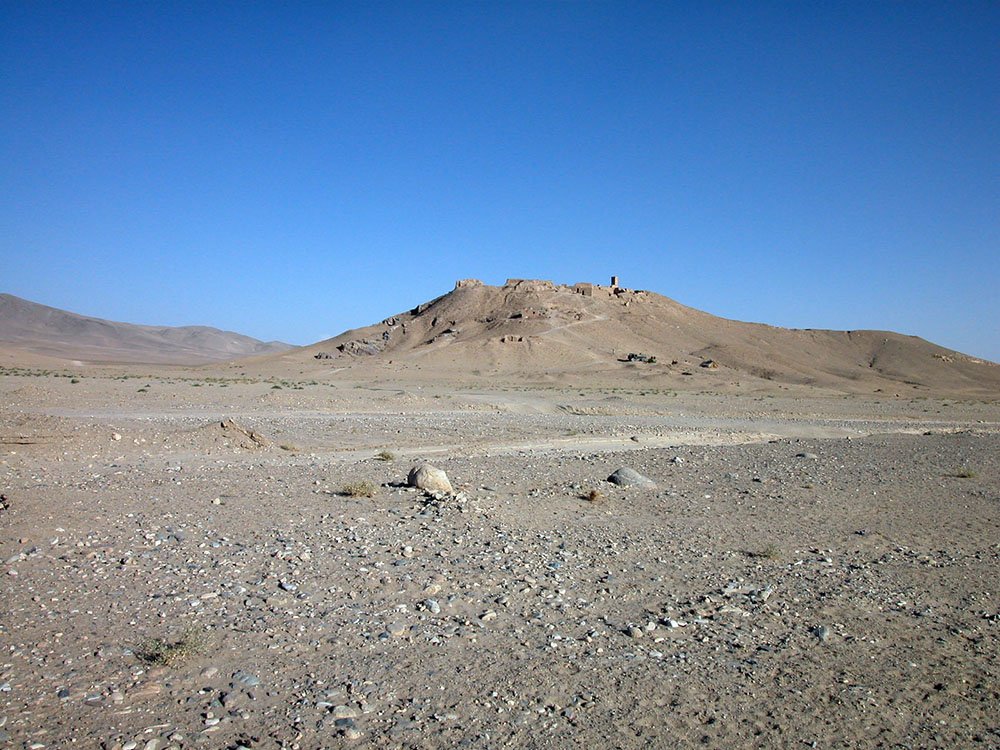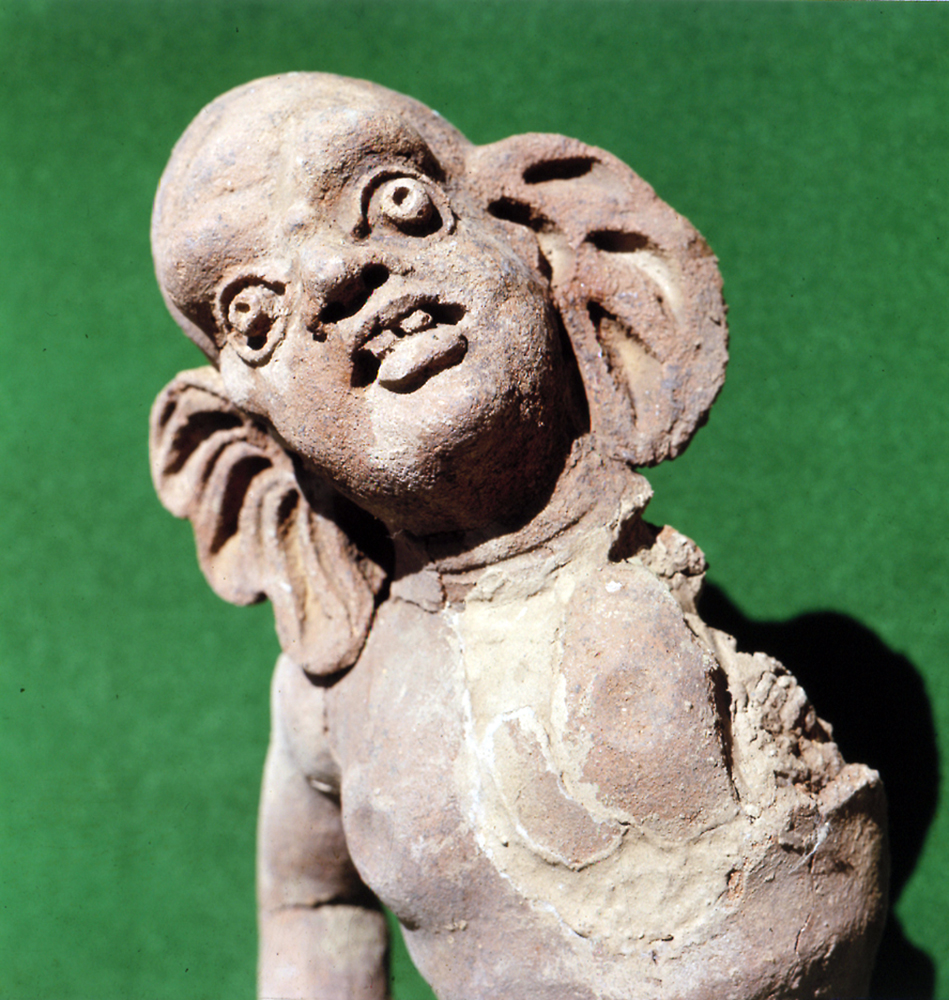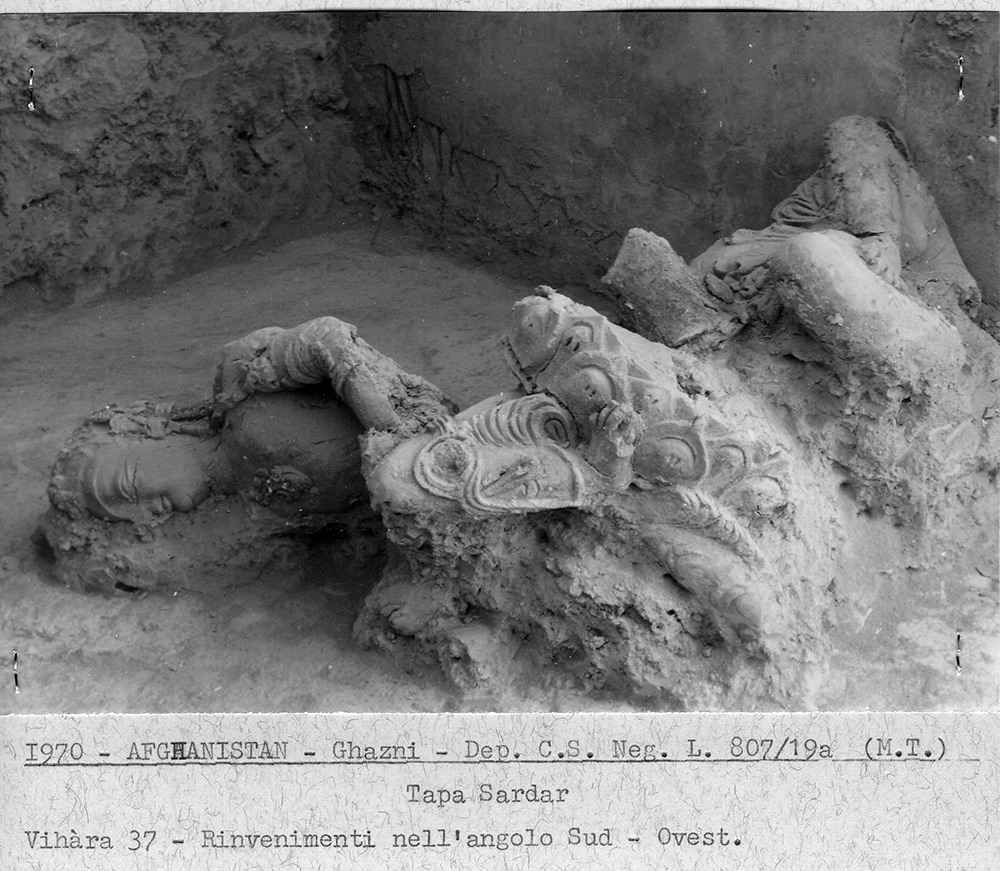The Buddhist site of #TapaSardar
Buddhist sanctuary rises on a hill which dominates a vast portion of the Dasht-i Manara plain Ghanzi #Afghanistan. The excavation of the site, carried out by the Italian Archaeological Mission between the late 1960s and the late 1970s.
@atalbrave
Buddhist sanctuary rises on a hill which dominates a vast portion of the Dasht-i Manara plain Ghanzi #Afghanistan. The excavation of the site, carried out by the Italian Archaeological Mission between the late 1960s and the late 1970s.
@atalbrave
As attested by an inscribed votive pot found in the site, the sanctuary was known in the past as the #Kanika mahārāja vihāra (“the temple of the Great King #Kanishka”). This evidence confirms that the sacred area of Tapa Sardar was founded during the #Kushan period
(either by #Kanishka I or #Kanishka II, in the 2nd or 3rd century CE) and also reinforces the hypothesis that it may well correspond to the Šāh Bahār (“The temple of the King”) that, according to the Kitāb al-buldān, was destroyed in 795 CE by the Muslim army.
After being destroyed by a fire (possibly to be related to the first Muslim incursion in 671/672), Tapa Sardar underwent an extensive reconstruction in the late 7th/ early 8th century CE. The date of the final abandonment, though uncertain, does not precede
in any case the late 8th/9th century CE. As clearly highlighted by the archaeological investigation of the site, Tapa Sardar was a prestigious religious centre where not only new artistic forms were experienced and established but also periodical ceremonies of great political
relevance might have taken place. This is suggested by iconographies depicting members of the ruling élites and, especially in the last phases of the site, cultic images symbolically connected to the theme of the protection of the “ #Buddhist kingdom”.
#Afghanistan
#Afghanistan
The Great Stupa was surrounded by richly decorated chapels and by small star-shaped stūpas and statues representing enthroned figures of Buddhas and/or Bodhisattvas. Minor sacred areas (and most likely the monastery) were located on lower terraces.
The fire of the 7th century CE destroyed the most part of the architectural setting and decoration of the earliest phases of the site. However, the hundreds of sculptural fragments which were found in a filling layer, as well as the remains of the early architectures
#Afghanistan
#Afghanistan
The stylistic and iconographic patterns of the Antique Period 1 (2nd/3rd century - 4th/5th century CE?) are modelled after the “Gandharan” traditions, with a marked Hellenistic flavour.
Of the rich original polychromy only traces can now be detected in the fragments of clay sculptures and the scant extant evidence of mural paintings.
Antique Period 2 (5th/6th - 7th century CE?) is characterized by colossal images and the extensive use of gilding,
#Afghanistan
Antique Period 2 (5th/6th - 7th century CE?) is characterized by colossal images and the extensive use of gilding,
#Afghanistan
Recent Period marks an extraordinary revival after the devastation caused by the fire. It is during this period that the chapels were re-built and decorated. The main iconographic subjects, against the wall opposite the entrance, were gigantic #Buddha images
accompanied by ancillary deities, and immersed in a rocky landscape which was populated by a variety of human, animal and monstrous figures.
The artists took advantage of the physical characteristics of clay to their limits. Clay was used both to convey the colossal solidity of the main images (the #Buddha in parinirvāṇa in Chapel 63 measured 15 meters in length), and the lively scenes that surrounded them.
The versatile nature of the material was reinforced by the painting and gilding of the surface. The versatile nature of the material was reinforced by the painting and gilding of the surface.
@atalbrave
@atalbrave

 Read on Twitter
Read on Twitter






























